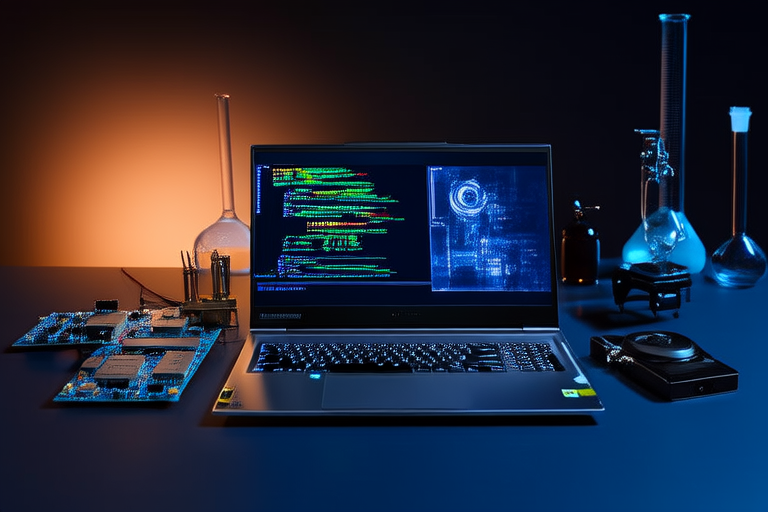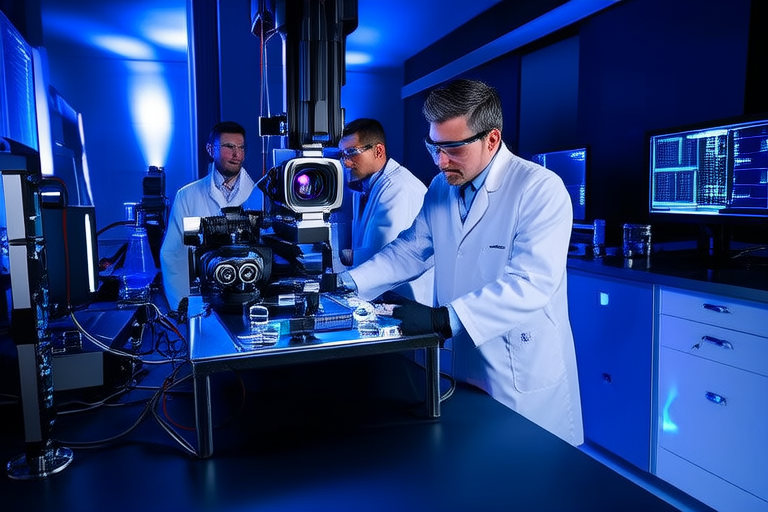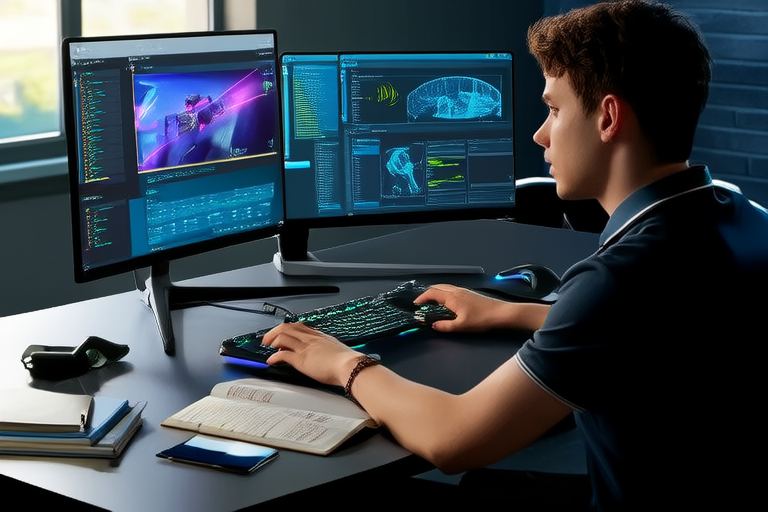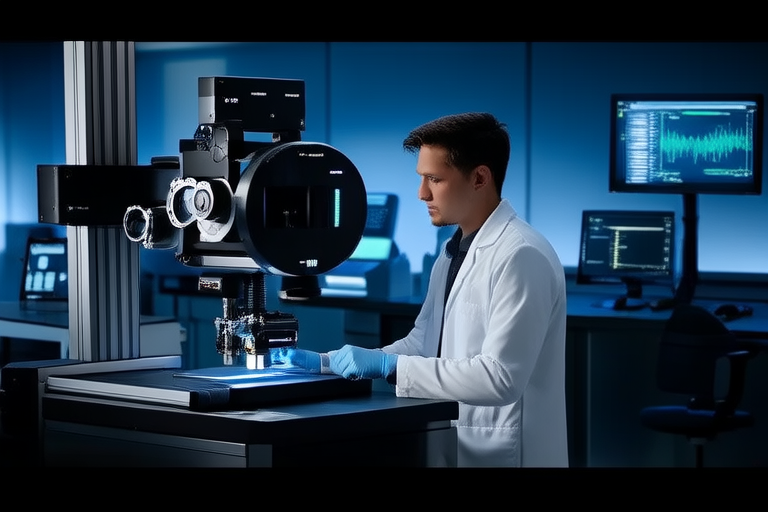“`html
The Rise of AI-Powered Solutions in Computer Vision
Introduction
Computer vision is an interdisciplinary field that seeks to enable machines to interpret and understand visual information from the world, much like humans do through sight. It involves the extraction of meaningful information from digital images or videos. Over the past few decades, artificial intelligence (AI) has transformed this field, particularly with the advent of machine learning techniques. AI-powered solutions have become indispensable in various modern applications, offering unprecedented accuracy and efficiency.
The integration of AI has not only enhanced traditional computer vision tasks but also opened up new possibilities. From healthcare to automotive industries, these advancements are reshaping how we interact with technology and solve complex problems.
Historical Context
The journey of computer vision began in the mid-20th century when researchers first attempted to teach computers to recognize patterns within images. Early efforts were limited by computational power and lacked sophisticated algorithms capable of handling large datasets effectively. Despite these challenges, significant milestones were achieved, including the development of edge detection algorithms and basic pattern recognition methods.
Advancements continued throughout the late 20th and early 21st centuries with the introduction of more powerful hardware and software tools. However, it wasn’t until the emergence of deep learning that substantial progress was made, enabling computers to perform tasks previously thought impossible.
Key Technologies Driving AI-Powered Computer Vision
Deep Learning
At the heart of many recent breakthroughs lies deep learning, specifically convolutional neural networks (CNNs). These models excel at identifying intricate features within images, making them ideal for tasks ranging from simple object classification to complex scene understanding.
Transfer Learning
Transfer learning allows developers to leverage pre-trained models tailored for specific purposes, adapting them to fit unique requirements without starting from scratch. This approach significantly reduces training time while maintaining high performance levels.
Edge Computing
With increasing demand for real-time processing capabilities, edge computing plays a crucial role in minimizing latency between data collection and analysis. By performing computations closer to where data originates, edge devices can provide immediate feedback, enhancing overall system responsiveness.
3D Vision
Advancements in 3D vision technology have expanded the scope of what’s possible, allowing systems to accurately detect objects in three-dimensional space and understand scenes more comprehensively. This capability holds immense potential across multiple sectors.
Applications of AI-Powered Computer Vision
Healthcare
In medicine, AI-driven computer vision assists radiologists in diagnosing diseases by analyzing medical images such as X-rays, MRIs, and CT scans. Additionally, it aids in surgical planning by providing precise anatomical models based on patient data.
Automotive Industry
The automotive sector leverages computer vision heavily within autonomous driving systems. Cameras equipped with advanced algorithms help vehicles navigate roads safely, detect obstacles, and make informed decisions.
Retail
Facial recognition technology enhances security measures while simultaneously improving customer experiences through personalized services. Inventory management becomes more efficient thanks to automated tracking systems powered by computer vision.
Security & Surveillance
Facial recognition, coupled with anomaly detection and predictive analytics, strengthens security protocols in public spaces and private facilities alike. These tools assist law enforcement agencies in monitoring suspicious activities and preventing crimes before they occur.
Manufacturing
Quality control processes benefit greatly from AI-enhanced inspection systems that identify defects faster than human inspectors ever could. Robotic process automation guided by computer vision ensures precision during assembly lines, reducing waste and increasing productivity.
Challenges and Limitations
Despite its successes, AI-powered computer vision faces several hurdles. Privacy concerns arise when personal data is involved, necessitating robust safeguards against misuse. Ethical considerations must be addressed to ensure fairness and transparency in decision-making processes.
Limited diversity in training datasets can lead to biased outcomes, affecting accuracy rates negatively. Ongoing research aims to overcome these obstacles by developing inclusive models trained on broader, more representative samples.
Future Prospects
Looking ahead, we anticipate further enhancements in AI-powered computer vision technologies. Emerging trends include greater integration with other fields such as robotics and augmented reality, creating synergistic effects that will drive innovation.
Potential breakthroughs may involve novel architectures designed explicitly for specific domains or cross-domain applications, opening doors to entirely new possibilities.
Conclusion
In summary, AI has revolutionized the landscape of computer vision, transforming once-impossible tasks into routine operations. Its impact spans numerous industries, each benefiting uniquely from improved accuracy and efficiency.
As technology continues to evolve, so too will our ability to harness its full potential, paving the way for exciting developments yet to come.
“`




